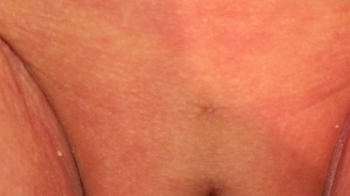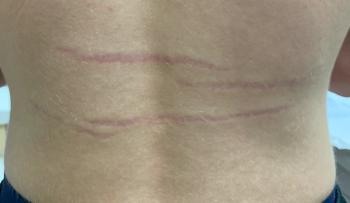
Attention-deficit/hyperactivity disorder (ADHD) was first recognized over 100 years ago, but the diagnostic criteria has changed over the years. Here's a look at the latest guidance for diagnosing ADHD.

Attention-deficit/hyperactivity disorder (ADHD) was first recognized over 100 years ago, but the diagnostic criteria has changed over the years. Here's a look at the latest guidance for diagnosing ADHD.

Following the diagnosis of attention-deficit/hyperactivity disorder (ADHD), the next step is treatment, which can include parent behavior management training, school-based interventions, and medication. Here's a look at the latest in ADHD treatments.

During a newborn's initial examination, doctors discovered a non-erythematous, midline, suprapubic dimple located 5 cm below the level of the umbilicus. The remainder of the examination was unremarkable. On the second day of life, the newborn had a wet diaper with urine appearing to originate from 2 separate sources, including the dimple. What's the diagnosis?

A 15-year-old male first noticed the marks on his back during a recent vertical growth spurt. On exam there are multiple horizontal violaceous linear striae on his back. He is otherwise healthy and denies any history of back injury or exposure to topical or systemic steroids. What's the diagnosis?

A study examines whether examining presymptoms can help clinicians find the cause of transient loss of consciousness.

A study examines using oral challenges to diagnose acetaminophen ingestion allergies.

An extensive literature review looks at the dermatoses that are connected to video game play.